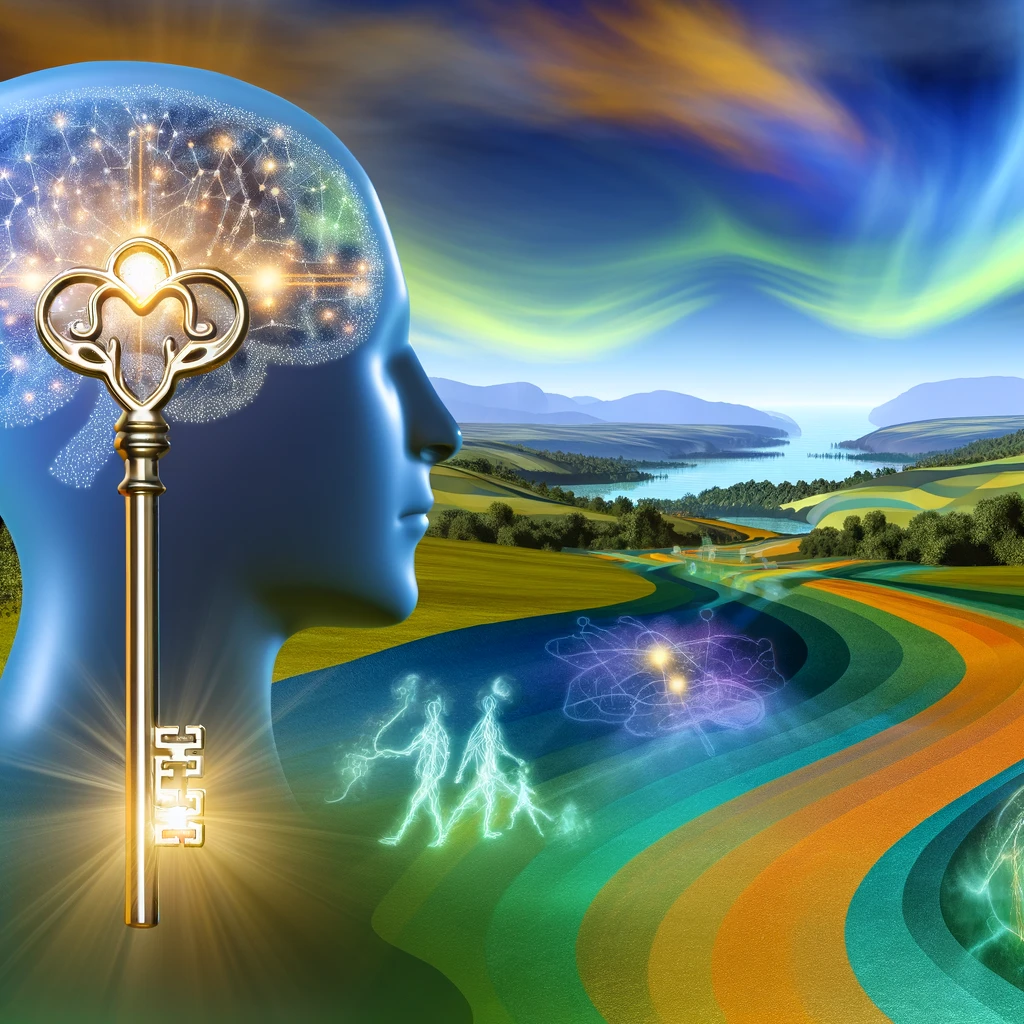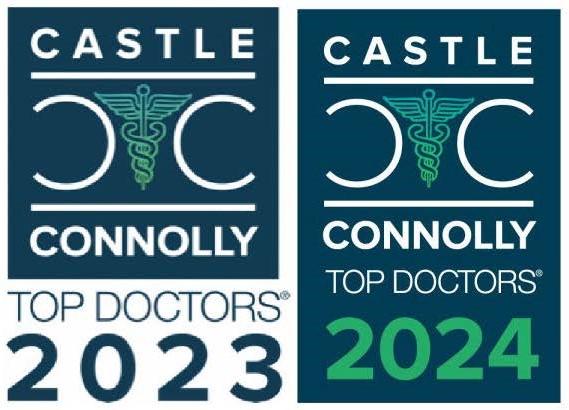
What Is MeRT Therapy?
A brain health revolution is taking place that is empowering practitioners and patients to utilize noninvasive, drug-free treatment options. At the center of the brain health revolution in mental health and behavioral health is a treatment option called MeRT. MeRT stands for magnetic resonance therapy.
If you’ve been looking for drug-free therapies for everything from depression to autism, MeRT may be something that’s been mentioned by doctors or care professionals. That may have you searching for MeRT treatments at a brain treatment center near you. It may also simply have you looking for more information about MeRT treatment for autism, mood, or neurological conditions.
Here’s a beginner’s guide to MeRT therapy that can help you learn more about this innovative, pain-free option that continues to gain widespread acceptance.
The Basics of MeRT
Is a new brain possible in just 45 minutes? For some patients who have undergone MeRT treatments, it can certainly feel that way. MeRT is exciting because it is improving the quality of life for countless people without the use of drugs or time-consuming, intensive therapies. For those who are struggling with decreased or lost brain function, MeRT represents a life-changing journey for potentially recovering lost neurological abilities.
MeRT is actually a hybrid therapy that combines the technologies of repetitive transcranial magnetic stimulation and quantitative electroencephalogram (qEEG) to provide both diagnostic and relief-drive protocols. An rTMS system uses an FDA-approved device to stimulate the brain with a large wire coil that generates rapidly changing magnetic pulses capable of inducing an electric field. The pulses have been shown to have modulatory effects on cortical excitability. In studies, rTMS has been shown to help improve mood in patients experiencing depression. Researchers describe rTMS as being able to “rewire the brain.”
Transcranial magnetic stimulation for autism also shows promising results. A 2019 study that looked at the effects of repetitive transcranial magnetic stimulation on children with low‐function autism found activity increases in the frontal region, left temporal region, right temporal region, and occipital region of the brain in participants who underwent treatment. Additionally, Autism Behavior Checklist (ABC) scores that were compared before and after rTMS showed positive effects.
By adding qEEG to what is already a proven treatment, practitioners can customize treatments. That’s because qEEG results are used to analyze unique brain patterns in order to tailor treatments for each patient.
What is MeRT Used For?
Currently, rTMS is only approved by the FDA for treating treatment resistant major depressive disorder, bipolar depression, and obsessive-compulsive disorder (OCD). It is also approved to help promote smoking cessation when standard treatment protocols have not worked. However, many brain treatment centers around the country currently use MeRT for off-label use when treating a variety of different conditions.
MeRT is commonly used for off-label treatment for individuals with Autism Spectrum Disorder (ASD). A study published in October 2022 revealed significant improvement in ASD symptoms, quality of life, and comorbid sleep troubles in children. The children that underwent MeRT therapy (ages 3-9 years) tolerated MeRT therapy well with experiencing minor side effects such as hyperactivity that resolved within two hours of completing the treatment session.
Studies have shown that MeRT may be effective in the treatment of post-traumatic stress disorder (PTSD). MeRT may also offer benefits for people struggling with depression with and without bipolar disorder, anxiety, borderline personality disorder, sleep disorders, cognitive impairments, drug and alcohol addiction, traumatic brain injury / concussion, and more. Due to its safety and efficacy, MeRT is also increasingly being utilized by people looking for performance optimization. This includes athletes and people who are striving to activate peak cognitive abilities in order to thrive in their careers. For many people struggling to achieve peak brain health, MeRT offers a gateway to improved focus, creativity, memory, alertness, and decision-making abilities.
What to Expect From MeRT
What takes place during a typical MeRT session? Here are the basics.
Evaluation
Every MeRT session begins with an evaluation. Your clinician will perform a quantitative electroencephalogram (qEEG) and an electrocardiogram (EKG) to establish a baseline picture of your brain activity. In addition to measuring wave frequency, the clinician also measures heart rate and brain-heart coherence. Once the results are analyzed, a custom treatment is created for each patient.
Motor Threshold
After the EEG is reviewed with you and the decision to move forward then your physician will need to determine the motor threshold. This entails determining the lowest amount of magnetic stimulation over the area of the brain that controls motor function on the opposite of the body (motor cortex) that elicits movement of the thumb. Once this value (motor threshold) is determined then the actual goal treatment intensity is determined.
Treatment
During a MeRT treatment, a patient sits comfortably in a chair while fully awake and present. There is no need for any type of sedation because MeRT is a pain-free treatment. Next, a technician will place a device over the scalp. This device is responsible for creating a magnetic field that induces targeted electrical currents to the regions of the brain that were identified by the patient’s qEEG results. The currents that are delivered are extremely mild! While some patients do experience a slight sensation, this is generally a sensory-free therapy.
Despite all of the positive research demonstrating that MeRT does help to improve brain health and function, researchers still don’t have a clear picture of exactly how electrical currents produce results. The prevailing thought is that these currents are effectively “waking up” areas of the brain that may be experiencing decreased activity. For example, the brain of a person struggling with depression may be experiencing decreased activity in regions that are responsible for mood. By delivering magnetic pulses to stimulate nerve cells located in regions of the brain that control mood, MeRT may help to “wake up” the brain.
Follow-Up
It’s very important for practitioners to follow up after each MeRT session. This is generally something that’s done about a week after treatment. By gathering post-treatment qEEG results, practitioners can assess any changes that have taken place. This also allows practitioners to make any modifications to treatment that could help to strengthen a patient’s results.
What MeRT Isn’t
It’s very important to point out that MeRT is not a form of electroshock therapy! While it utilizes electrical pulses, MeRT does not “shock” the brain. MeRT instead uses magnetic fields that help to gently stimulate brain waves. Patients don’t generally experience any side effects following MeRT sessions. However, dizziness or lightheadedness may occur.
Where to Get MeRT Treatments
If you’re looking for MeRT or rTMS near me, the answer isn’t always easy. While interest in MeRT is rapidly growing, this isn’t something that most care providers offer. Only a handful of brain treatment centers across the world actually offer MeRT autism, depression, PTSD, OCD, and smoking treatments. One of those centers is the highly acclaimed TMS Institute of Arizona.
Our center offers MeRT, TMS, and accelerated TMS therapies to treat a variety of neuropsychiatric and non-neuropsychiatric conditions. This includes autism, depression, anxiety, PTSD, and traumatic brain injuries. Contact us today at 480-448-2916 to learn more!












